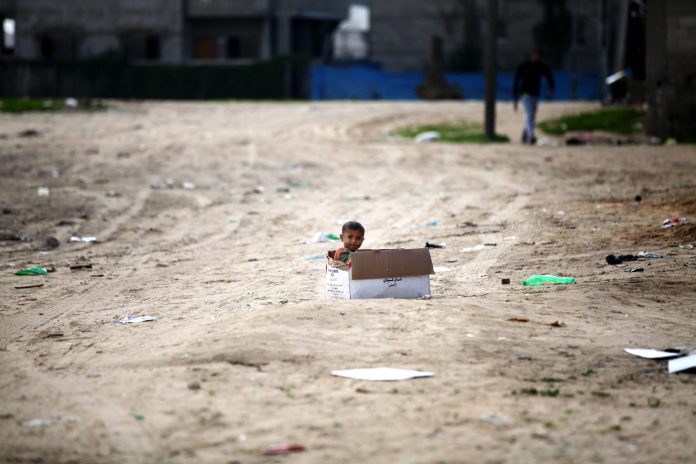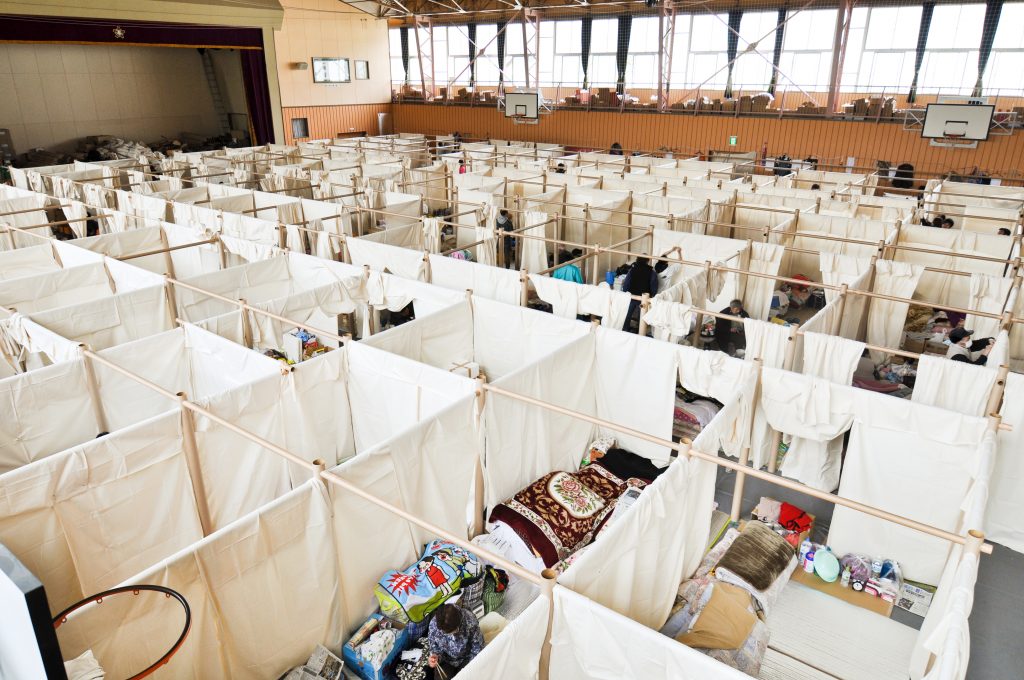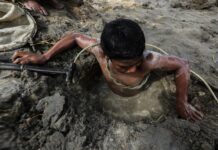
Houses that heal humanity
by Shreya Gopi
March 11, 2011: The world watched in horror as lives and property were wrecked when 40-metre-high tsunami waves ruthlessly pounded the Pacific coast of Tohoku following the Great East Japan earthquake. Authorities later confirmed that almost 16,000 people perished that day. As many as 400,000 buildings collapsed, either fully or partially, and a further 750,000 sustained damage.
Stepping off the plane at Paris’ Charles de Gaulle Airport half a world away, Japanese architect Shigeru Ban received news of the disaster in his homeland. He knew at once that there was no time for despair. Plans began materialising in his head. The road to recovery had to begin by “re-covering” people stripped of a place to call home.
Most architects aim to create original buildings for their individual clients. The most-renowned architects involved in post-disaster projects, however, know that their duty entails more than just putting materials together. The specific needs of the affected community must be considered, without undermining local expertise and customs. Humanitarian architects have the opportunity to interact with the most important people in the design process – the end-users.

According to Pritzker Architecture Prize-winning Ban, the minority is the most disadvantaged. “I’ve always observed that the field of architecture is reserved for the privileged people in the upper class of society, who wish to visualise their wealth for others to behold,” he remarks.
“But my life’s calling has been working for the less-privileged. Even in post-disaster relief projects, which cover large numbers of people in distress, there is still a minority that even governments cannot reach. I do not have the financial capacity to help the majority of people who need assistance, but I can help the minority.”
All of Ban’s post-disaster work is done for free. Among many affected communities, the tsunami-struck residents of Onagawa, Miyagi Prefecture, can attest to Ban’s commitment to helping the marginalised. A lack of flat land made the installation of temporary shelters complicated. Ban’s speedy response was to construct innovative three-storey temporary housing from shipping containers, which also overcame the storage limitations present in government-issued shelters.
Together with the Voluntary Architects’ Network (VAN) – an organisation he founded – Ban is known for constructing inexpensive, environmentally friendly structures in disaster-struck areas, from homes to schools and even churches, that remain standing long after the disaster.

Ban’s trademark use of cardboard tubes in his designs was inspired by his wish to preserve natural resources and prevent wastage. The tubing is inexpensive, highly portable and can be water- and fire-proofed, as well as recycled. This material innovation extends to most of his buildings, be they pro bono temporary shelters or commissioned work. With a team of student volunteers, Ban has travelled the world for the past 20 years and placed roofs over the heads of distraught victims.
Ban is currently working on a project to improve housing conditions in developing countries. This project creates new opportunities for employment, as the housing panels can be constructed even by non-skilled workers. The eventual aim is to be able to export some of these units as relief housing to countries struck by disaster, should they be suitable.
Not every architect has been as successful as Ban. Focusing on the role and capacity of built environment professionals after a disaster, the Humanitarian Architecture Research Bureau (HARB), based in RMIT University, Australia, is involved in evaluating the effectiveness of post-disaster shelters.

Dr Iftekhar Ahmed, a researcher from HARB, explains that lingering issues include a lack of understanding and support for humanitarian architecture. “Most architecture schools focus on designing buildings of beauty and privilege for wealthy clients who seek originality. The majority population of the world, however, has inadequate housing. Architects must reorient themselves and address the issue of post-disaster architecture. They have the skills; now they need the passion.”
Beyond the level of technological expertise, the human element is essential when it comes to post-disaster architecture. For Dr Ahmed, this involves a keen understanding of the local culture and climate. The 2004 Indian Ocean tsunami, for example, brought in a wave of disaster relief aid, though not to the most satisfying level.
In Indonesia, a country where people live in extended families, the tiny shelters that were provided by international organisations were far from adequate. Months after the disaster, the inhabitants had extended the shelters, with sub-par materials and techniques that undermined the original quality.

In January 2015, Architecture for Humanity, a non-profit design company founded in 1999, shut down its headquarters in San Francisco and filed for bankruptcy in February. Among the reasons for the abrupt closure was the severe lack of funds for disaster relief shelter projects. Just as pressing is the lack of interested architects – a situation that can and has forced disaster-affected communities to take what they are offered, even though the shelter solution may not be ideal for their culture or climate.
The need for architects has never been greater. “Builders cannot tell you if a building is suitable for the culture or climate of the region,” says Dr Ahmed. “They merely tell you if the building will stand.” The architect, however, has to re-cover a lost humanity. With the capacity to satisfy the basic human need for shelter, post-disaster architects like Shigeru Ban put the afflicted before the affluent and prove, time and again, that the most important works of art arise from the greatest of adversities.
For more stunning stories and photographs from this issue, check out Asian Geographic Issue 111.










